The Role of Observation in Quantum Mechanics
002 Quantum mechanics challenges our understanding of reality, suggesting that observation might shape the universe itself. From the mysteries of the double-slit experiment to the profound questions of consciousness, explore how physics and philosophy intertwine in this fascinating cosmic narrative.
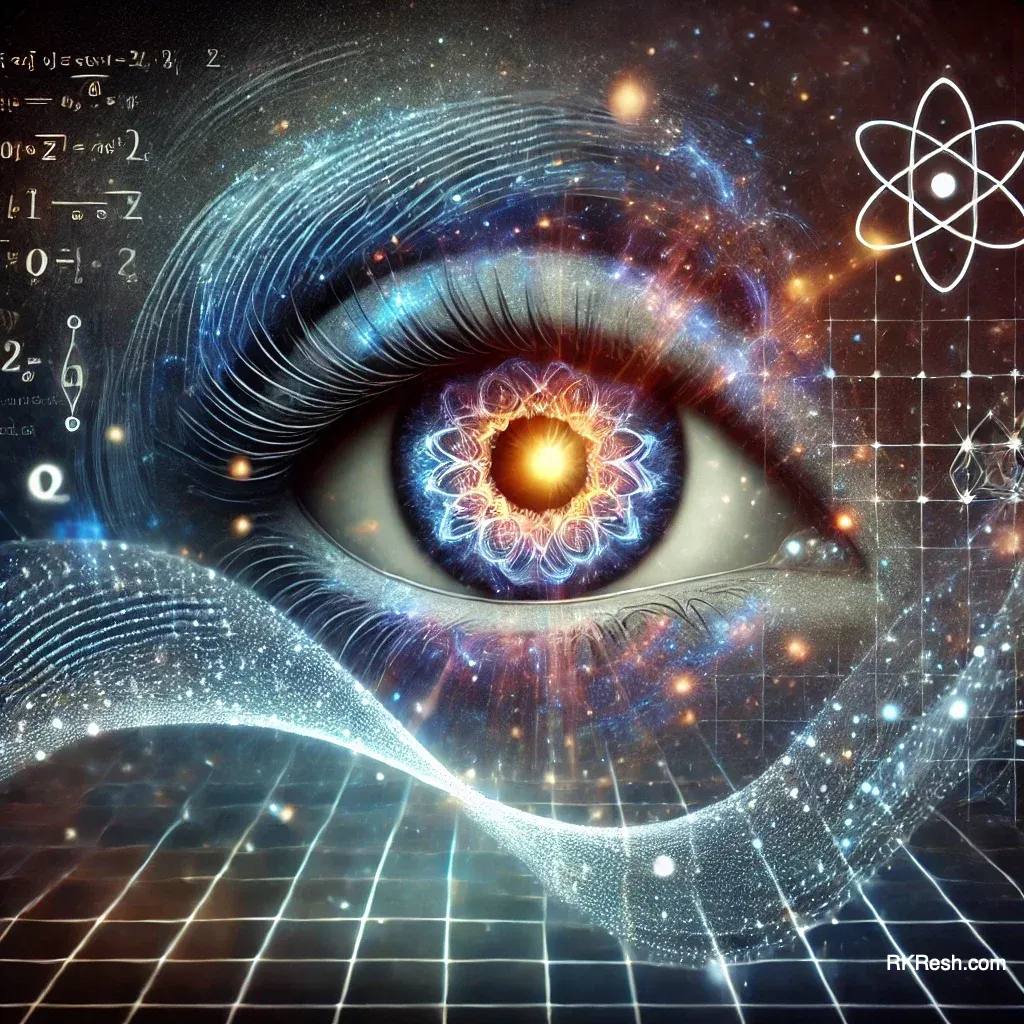
Attention Series 002
In the previous article of this series, I proposed a thought experiment exploring the idea that attention might act as a force shaping our reality. Building on that concept, let’s progress into this quantum analogy by examining the double-slit experiment and the insights it may bring to this perspective.
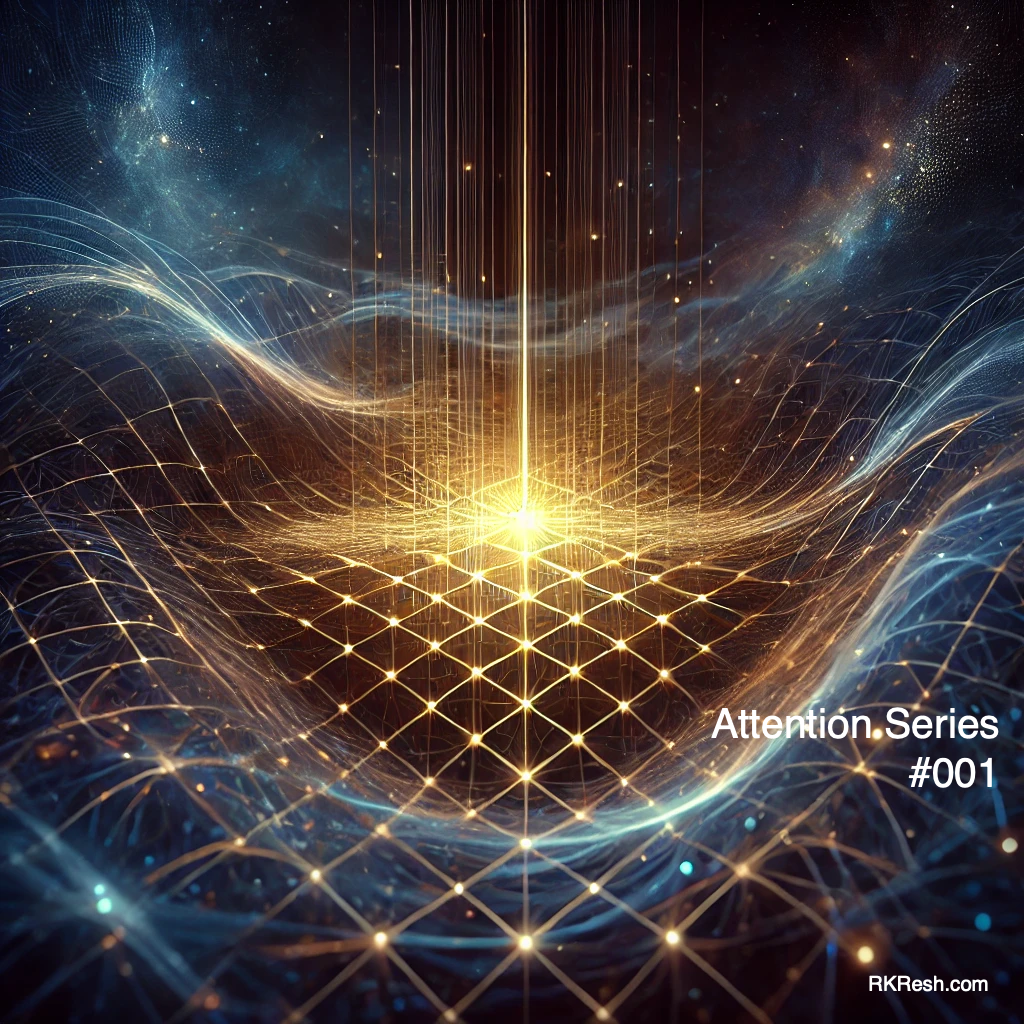
Does observing reality change it? Can the mere act of looking at something shape its behavior? Quantum mechanics, with its surreal findings and philosophical undertones, invites us to grapple with these profound questions. At the heart of these inquiries lies a concept so strange and counterintuitive that it reshapes the boundary between the observer and the observed—a phenomenon known as quantum observation.
This post ventures into my humble grasp of quantum mechanics, unveiling how observation appears to influence the nature of particles and exploring its implications for our perception of reality. By the end, you may find yourself pondering not only the mysteries of the physical world but also your role in the creation of what you see and experience.
The Double-Slit Experiment: Looking Changes Reality
Few experiments encapsulate the strangeness of quantum mechanics like the double-slit experiment. Imagine a simple setup. A particle—a photon or electron, for instance—is directed toward a barrier with two slits. Behind this barrier lies a screen to record where the particle lands. What happens next depends on whether we, the observers, are watching.
When left unobserved, the particles create an interference pattern on the screen—a display of wave-like behavior that suggests each particle travels through both slits simultaneously. Yet, as soon as we place a measuring device at the slits to observe which slit the particle passes through, the pattern changes. The interference pattern vanishes, replaced by two distinct bands, as if the particle suddenly conforms to our expectation of it acting as a localized object. This transformation from the wave into particle is named wavefunction collapse.
This phenomenon suggests a fundamental question—does the act of observation collapse the wavefunction, thereby forcing reality to choose a definitive outcome?
Or, more provocatively, does the universe exist in a state of potential until it is observed?
The Measurement Problem: Does Observation Create Reality?
Peeling back the layers of the measurement problem, we find ourselves grappling with this unsettling idea—does observation solidify reality? Quantum mechanics describes particles as existing in a superposition of states—a cloud of probabilities—until measured. Through observation, this cloud of possibilities collapses into a single, concrete state. Scientists describe this act of collapse as the resolution of the particle’s wavefunction.
But what causes this collapse? Is it the interaction with a measuring device? Or, as some have speculated, does the presence of consciousness play a role?
If observation truly brings reality into being, then the boundary between subject and object dissolves—our awareness becomes a participant in shaping the universe itself.
Are We Co-Creators of Reality?
The interplay between physical measurement and human attention opens doors to a daring hypothesis—that consciousness might be inseparable from the fabric of reality. Consider this analogy. Imagine holding a block of clay. Its potential shapes remain infinite until you begin sculpting. Observation, in the language of quantum mechanics, isn’t passive. It is the sculptor’s touch.
John Archibald Wheeler, one of the 20th century’s most influential physicists, presented a provocative idea he called the “Participatory Universe.” Wheeler suggested that the universe is not a fixed, immutable entity but instead emerges through the act of observation. He likened reality to a self-existent feedback loop—an ongoing dialogue between the observer and the observed, where consciousness contributes to the unfolding of existence.
Could it be that we, as observers of the quantum dance, carry within us the power to coax reality into shape?
Revisiting the Copenhagen Interpretation
When discussing quantum observation, it’s impossible to ignore the Copenhagen interpretation, championed by physicists like Niels Bohr. This framework asserts that quantum systems exist in superposition until measured, at which point they assume a definite state. Many see this interpretation as the foundation of quantum mechanics, but it is not without its critics.
Detractors argue that the Copenhagen interpretation is incomplete, leaving fundamental questions unanswered. For instance, what exactly constitutes “measurement”? Is it an interaction with any macroscopic object, or does consciousness play a unique role? Physicists such as Albert Einstein dismissed the idea as “spooky action at a distance,” advocating instead for a more deterministic explanation, such as the hidden variable theory, which posits that unseen factors shape quantum outcomes.
Nowadays speaking of the hidden variable theory is a different story, the 2022 Nobel Prize in Physics was awarded for groundbreaking research proving that the Universe is not locally real. In essence, this means that objects are not exclusively influenced by their immediate surroundings and can exist with undefined properties until those properties are measured, after all.
Still, this scientific divide underscores the enigmatic nature of quantum mechanics—an arena where even the foremost minds continue to debate what it’s all about.
The Bridge Between Physics and Philosophy
To some, discussions around quantum observation might seem speculative, bordering on metaphysical. And yet, they offer invaluable insights into the nature of reality and our place within it. They challenge us to consider whether the universe is merely “out there,” independent of our gaze, or whether it is irreducibly intertwined with the act of perception.
If Wheeler’s participatory universe holds even a grain of truth, it invites an extraordinary reflection. Perhaps our minds, with their questions and curiosities, are not simply passive spectators to a pre-written script. They may be active participants, co-authors of the unfolding cosmic narrative.
Where Do We Go From Here?
The idea that observation shapes reality pushes the boundaries of both physics and philosophy. From the double-slit experiment to the measurement problem, quantum mechanics invites us into an intimate interplay with existence. Whether or not physics conclusively proves a connection between consciousness and reality, the questions themselves are an invitation—to wonder, to dream, and to remain open to the mysteries of the universe.
Join the Quest
Curious about where these questions could lead? Venture deeper into the interplay of physics, consciousness, and existence. Subscribe to RKResh or explore further resources as we uncover the beauty and mystery of the unknown.


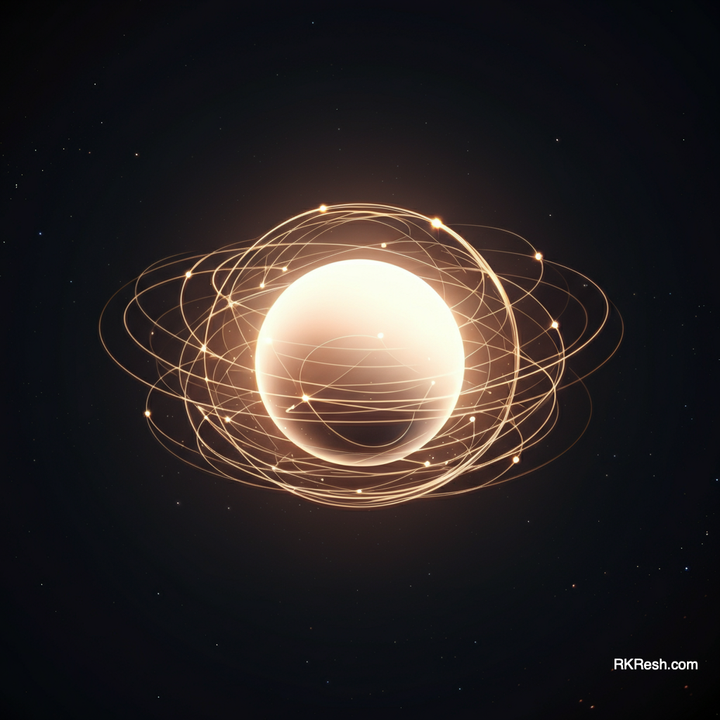
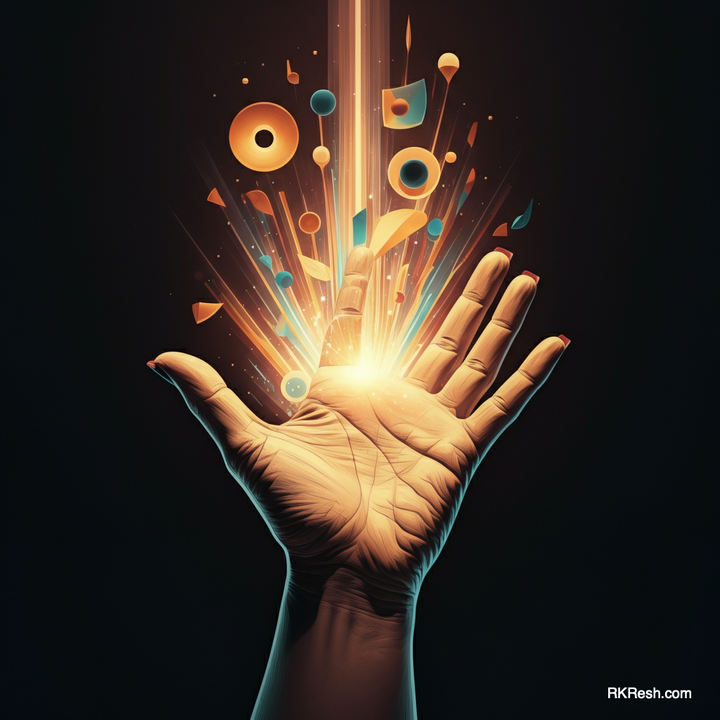
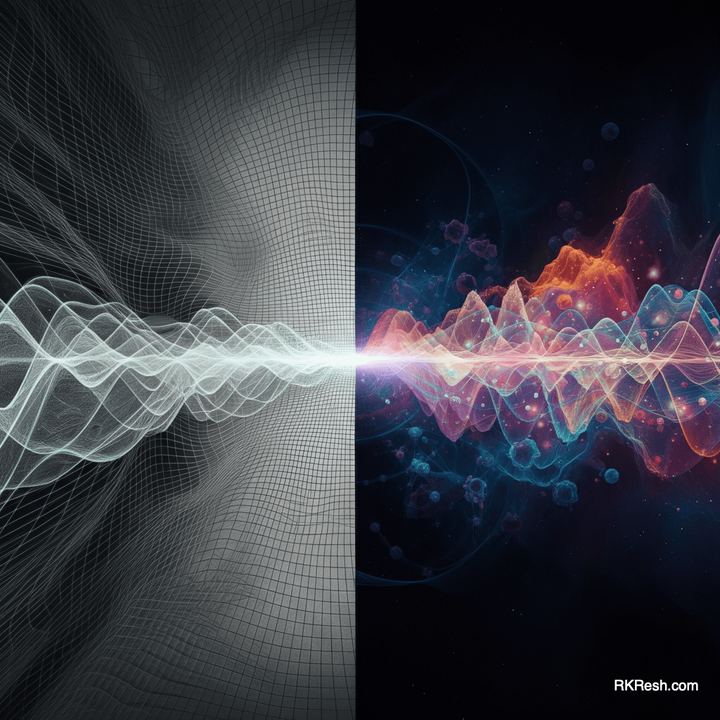
Comments ()